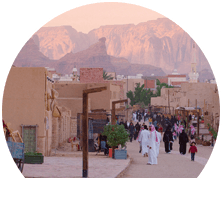- Share -
0

0

- Share -




















HOME
TOP
NEXT
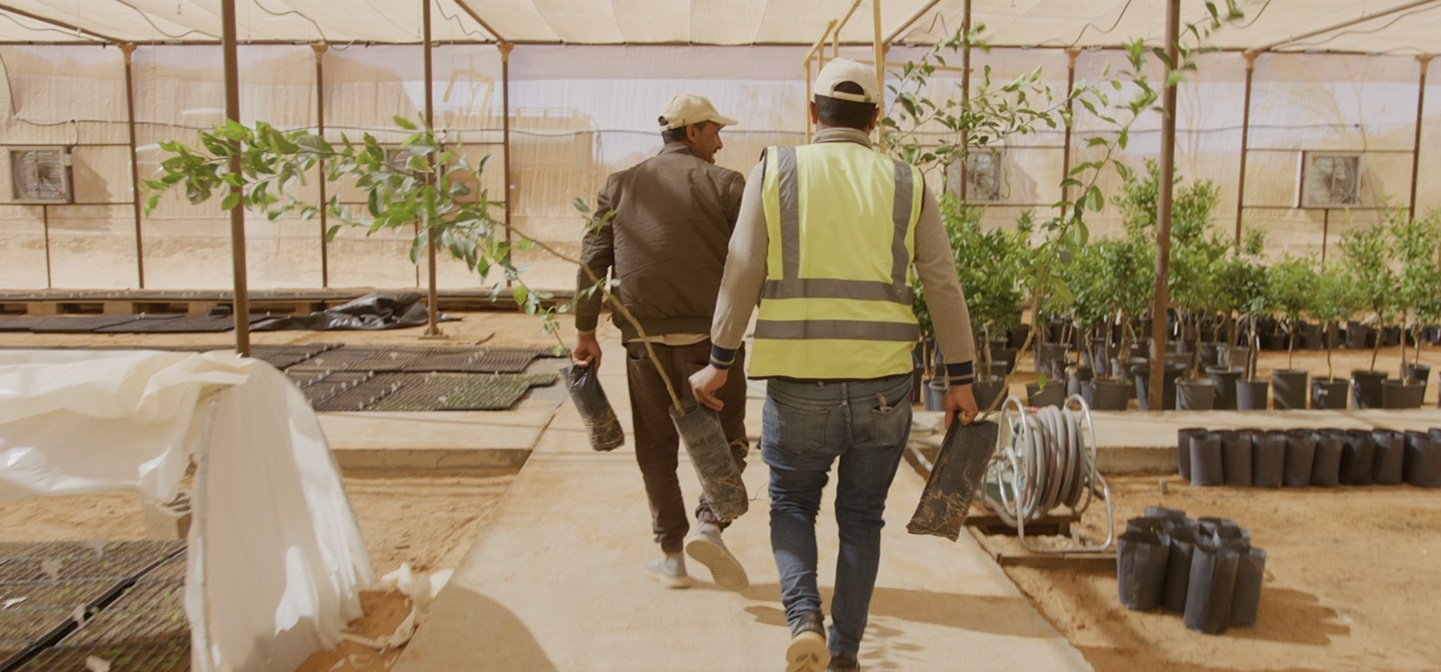
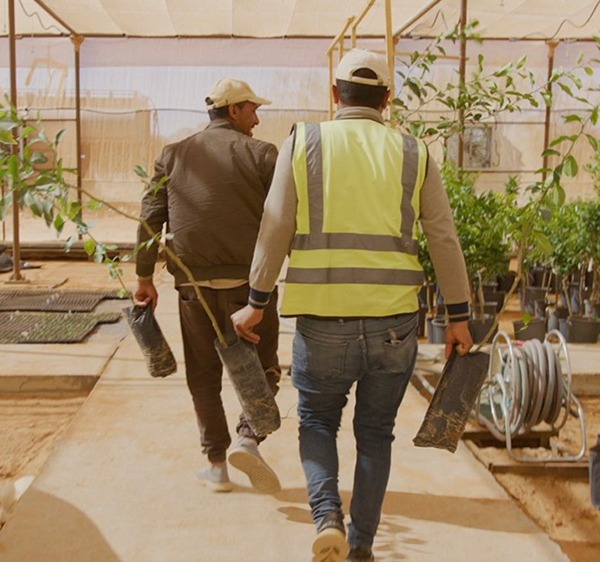



An expertise to discover:
Bénédicte
and Michel Bachès
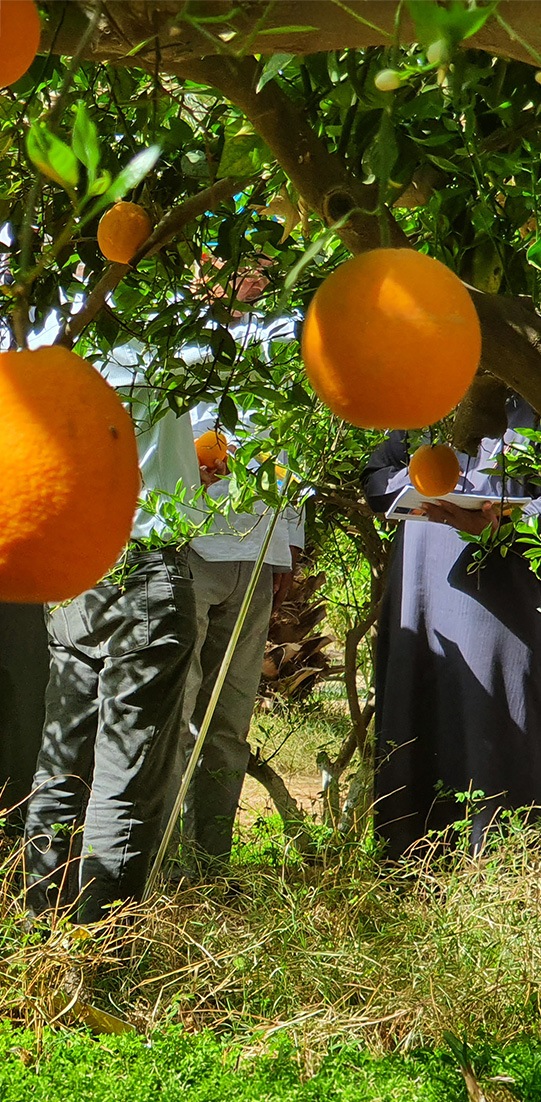
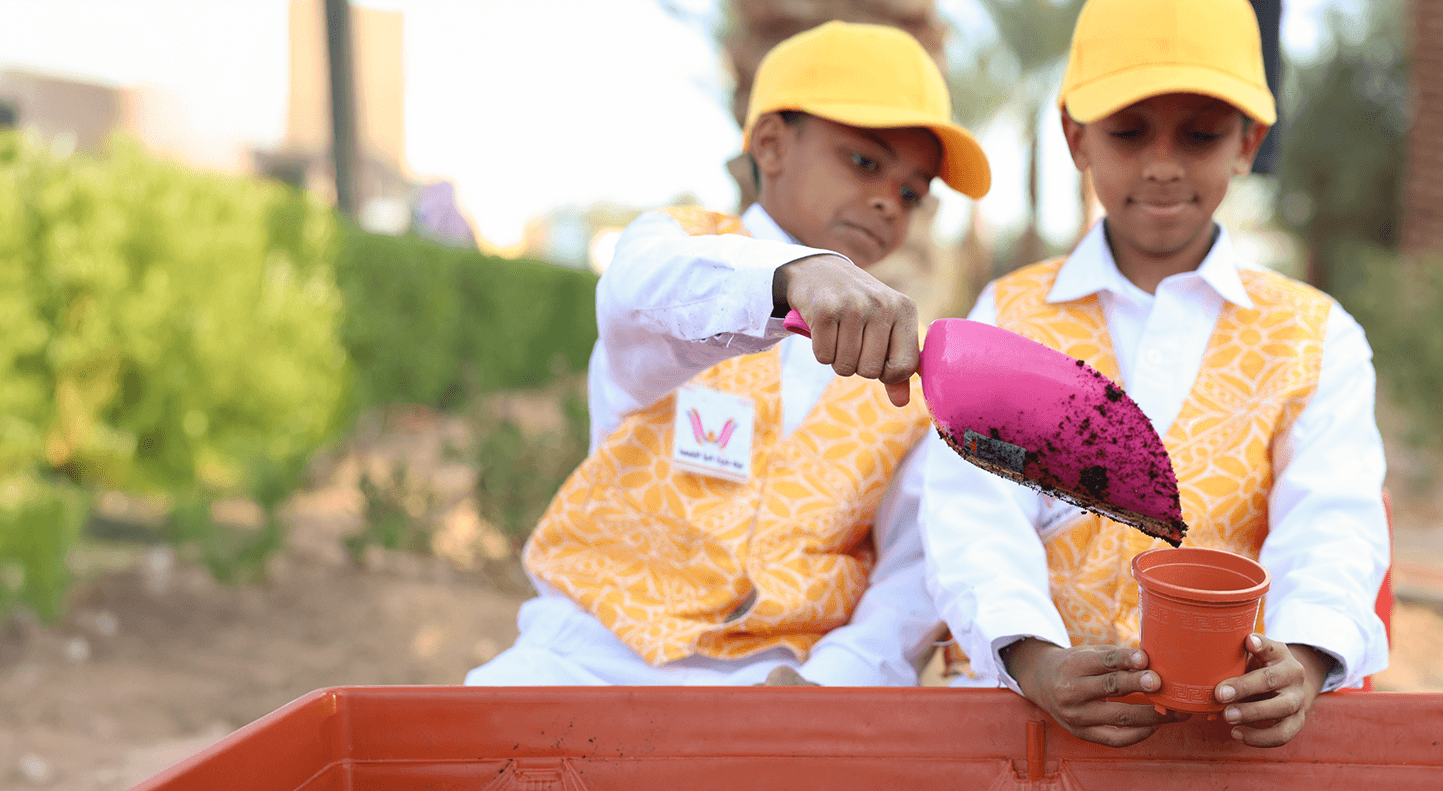
This dynamic could not have emerged without the commitment of the RCU and AFALULA, which have played a key role in mobilizing local stakeholders and bringing projects to fruition.
Field support:
A young employee was deployed on-site for two years to establish a lasting relationship with the producers. His work was decisive in embedding our initiative within the local community.
Varietal innovation:
In partnership with INRAE and CIRAD, we have introduced new citrus varieties in a local nursery and with the Royal Commission for AlUla (RCU). These varieties have also been planted on pilot farms to evaluate their suitability for the arid climate and to expand the range of crops available to farmers, restaurateurs, and families.
Awareness:
Each year, during the Citrus Festival, we host a stand dedicated to citrus fruits, highlighting their diversity, history, and potential uses. Local young people are trained to share these recipes with the public, thereby strengthening community attachment to this heritage.
Training:
We have organized annual cooking and pastry workshops, particularly aimed at the women of AlUla. Supervised by French Michelin-starred chefs, these workshops aim to enhance the use of citrus fruits through derivative products and to broaden their culinary applications.


WHAT EXCHANGES,
PROJECTS, TRAINING,
OR EXPERIMENTS
HAVE YOU CONDUCTED
TOGETHER SINCE
THE BEGINNING
OF YOUR COLLABORATION?
Our collaboration has been structured around several key axes:



WHAT EXCHANGES, PROJECTS,
TRAINING, OR EXPERIMENTS
HAVE YOU CONDUCTED
TOGETHER SINCE THE BEGINNING
OF YOUR COLLABORATION?
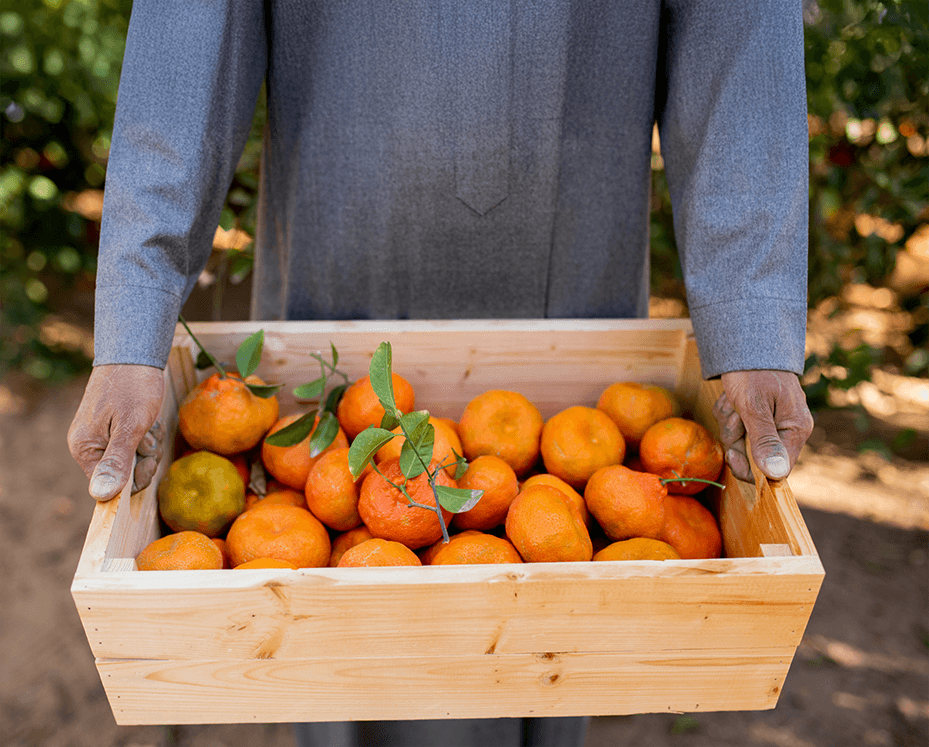
Since 2020, AFALULA has been part of a public-private consortium that includes institutions such as INRAE, CIRAD, ANSES, as well as Agro-Prospective, led by Abdallah Oihabi. Our mission in this citrus project has been to deepen local expertise and propose concrete actions to develop the citrus sector, in line with the challenges posed by tourism in AlUla. We visited the region four to five times a year to strengthen ties with producers and to help direct production toward a more demanding tourist market, focusing on supplying exceptional products.

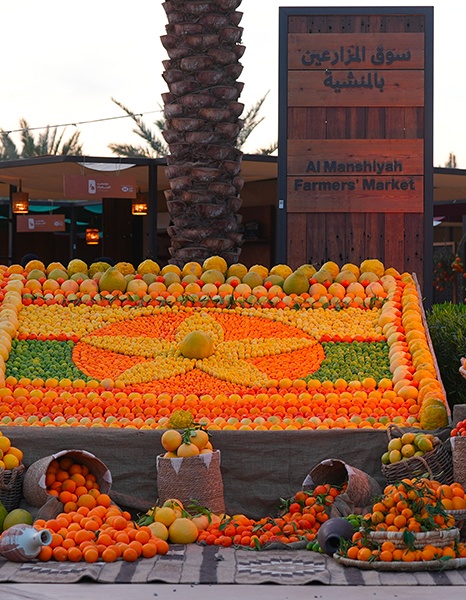


HOW DID YOUR COLLABORATION
WITH THE RCU AND LOCAL FARMERS
COME ABOUT?
HOW DID
YOUR COLLABORATION
WITH THE RCU
AND LOCAL FARMERS
COME ABOUT?
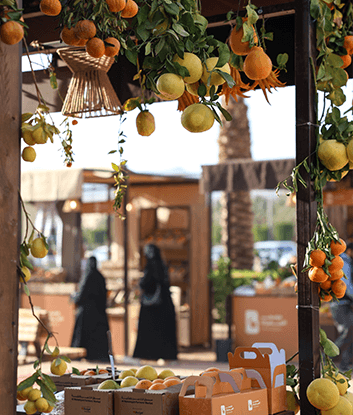

Very aromatic and slightly bitter, it is rarely used in cooking, but its history makes it highly symbolic. Residents associate it with their cultural heritage, almost as a living legacy, and its medicinal uses further enrich its cultural significance.
The giant grapefruit, locally called Pumali, is notable for its size, with two distinct varieties cultivated in the region. However, like the citron, it remains marginal in AlUla’s gastronomy.
Conversely, the small lime, locally called Benzir, is an integral part of local cuisine. Fresh, dried, or blackened, it enhances rice and fish dishes, making it a culinary staple.
Finally, Saudis display a marked preference for sweeter flavors, favoring varieties such as the sweet Navel orange, known locally as Aboussora, and a local mandarin called Usufi, which is particularly prized.
Our exploration revealed about twenty citrus varieties in the region, some of which have become emblematic local types: the AlUla citron, the giant grapefruit, the Mexican lime, the sweet orange, and the mandarin. These fruits hold significant agronomic and economic potential, although their cultivation, post-harvest management, and marketing would benefit from optimization to strengthen the sector’s profitability.
Among these varieties, the AlUla citron, a local hybrid called Torounge, stands out for its unique characteristics. A large fruit with thick albedo, it shares traits with its ancestor, the citron (Citrus medica), native to Southeast Asia and the first citrus fruit introduced to the Middle East.






WHAT PARTICULARLY STRUCK YOU
ABOUT ALULA'S PLANT HERITAGE,
ESPECIALLY REGARDING
CITRUS FRUITS?
WHAT PARTICULARLY
STRUCK YOU ABOUT
ALULA'S PLANT HERITAGE,
ESPECIALLY REGARDING
CITRUS FRUITS?
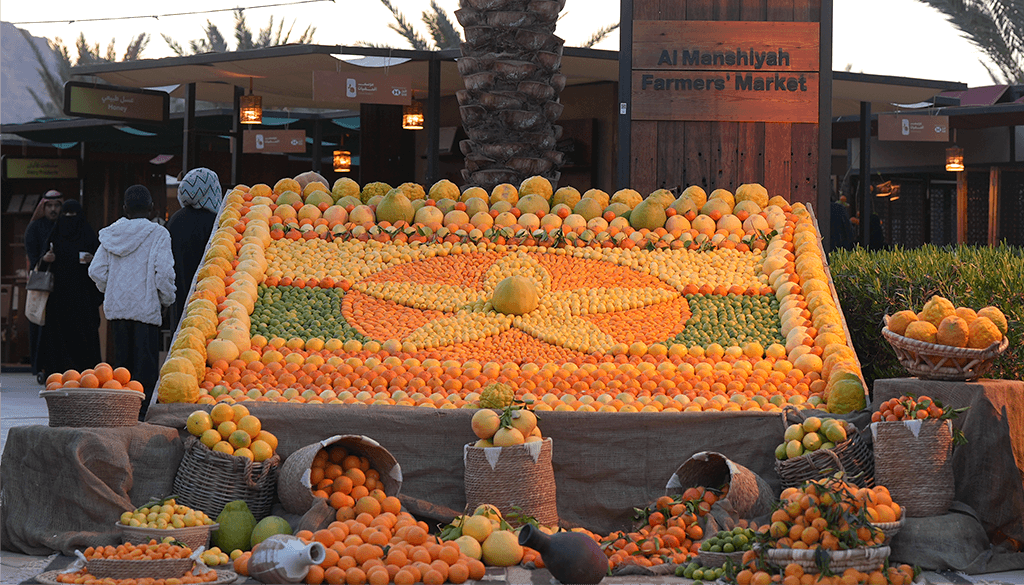

Our field trip was made possible thanks to the preparatory work of Stéphane Forman and the expertise of Abdallah Oihabi, a Moroccan partner who had previously worked in AlUla within the framework of the FAO. His extensive knowledge of the local context and farming community helped facilitate dialogue. Accompanied by local intermediaries, we were able to visit numerous farms, observe cultivation methods, understand producers’ expectations, and assess the challenges that needed to be addressed. This first experience of AlUla was remarkable, revealing both human and agricultural aspects within a unique geographical and climatic context, home to a variety of cultivation practices.
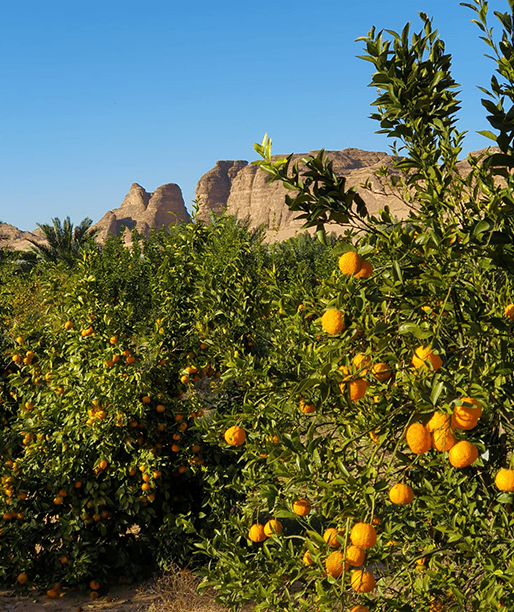


HOW DID YOUR ENCOUNTER
WITH THE TERRITORY
AND ITS STAKEHOLDERS
COME ABOUT?
AND HOW DID YOU FEEL
WHEN YOU FIRST
DISCOVERED THE SITE?
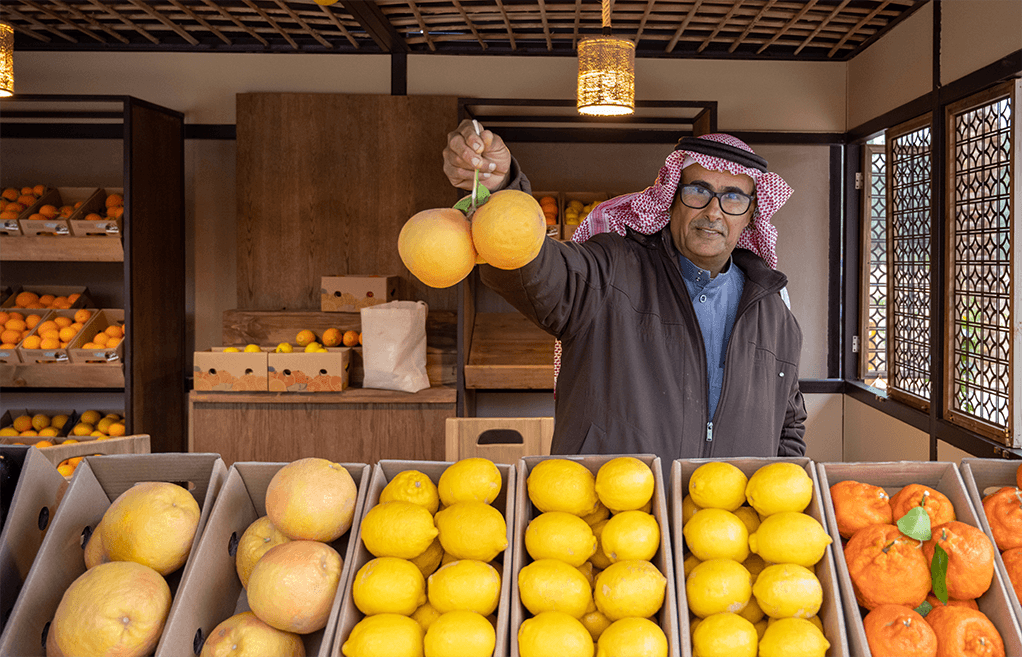
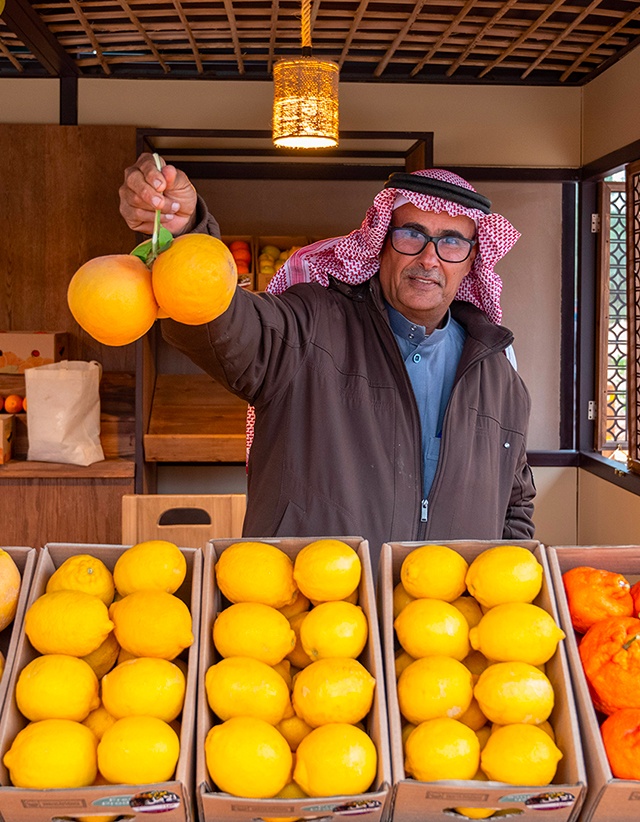



Découvrir
la vidéo
du marché
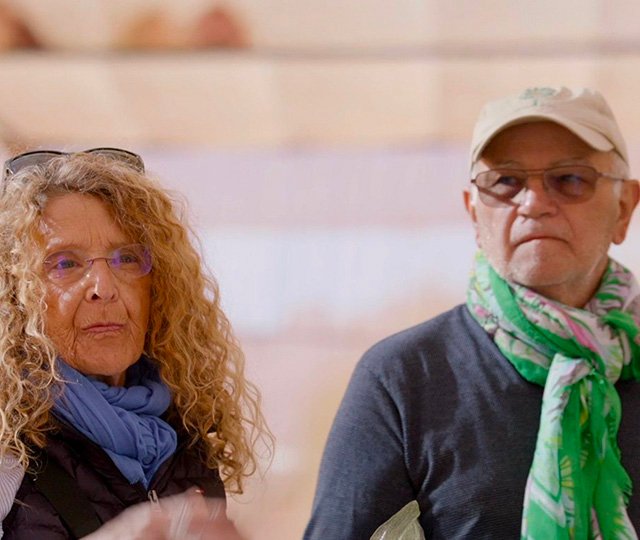
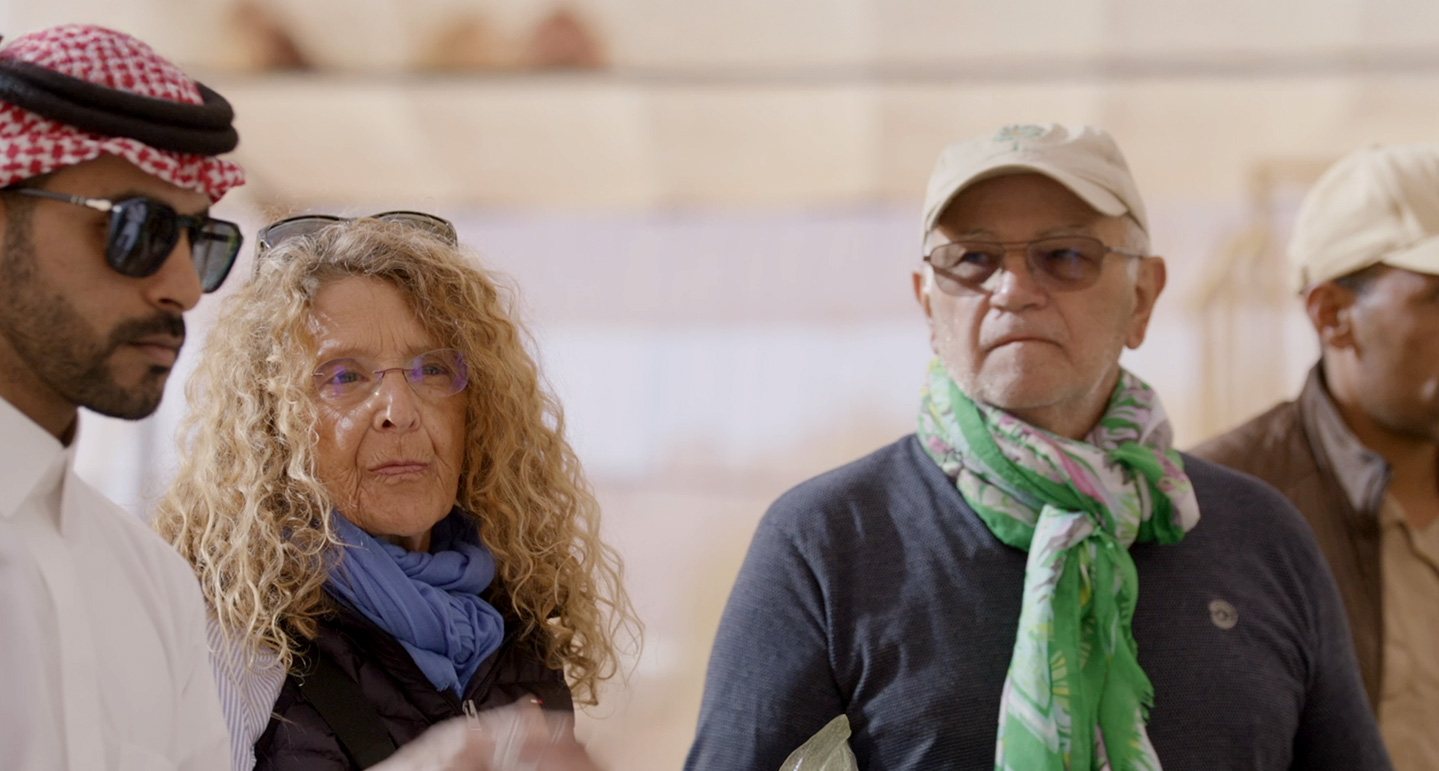
Our first trip to AlUla took place in December 2019 as part of an expertise mission coordinated by Stéphane Forman, who was then head of the Agriculture division at the French Agency for AlUla Development (AFALULA). This initiative brought together a collective of citrus specialists from both the public and private sectors, with the goal of evaluating the local citrus industry. The mission had two main objectives: to conduct a precise inventory of the citrus varieties present in the region, and to analyze the agricultural, cultural, and economic practices associated with them. The ultimate aim was to propose concrete avenues for the development of this sector, in line with the Vision 2030 plan, which seeks to boost the region’s economy and tourism.




WHEN DID YOUR FIRST TRIP
TO ALULA TAKE PLACE,
AND HOW DID IT
COME ABOUT?


READ THE BIOGRAPHY






Account




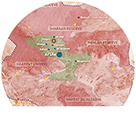

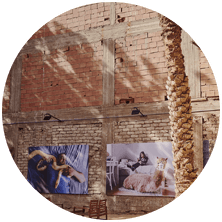



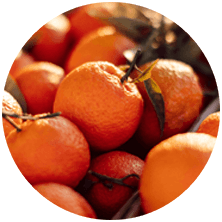







VISIT AFALULA.COM
READ THE PREVIOUS ISSUES
Subscribe to the newsletter




